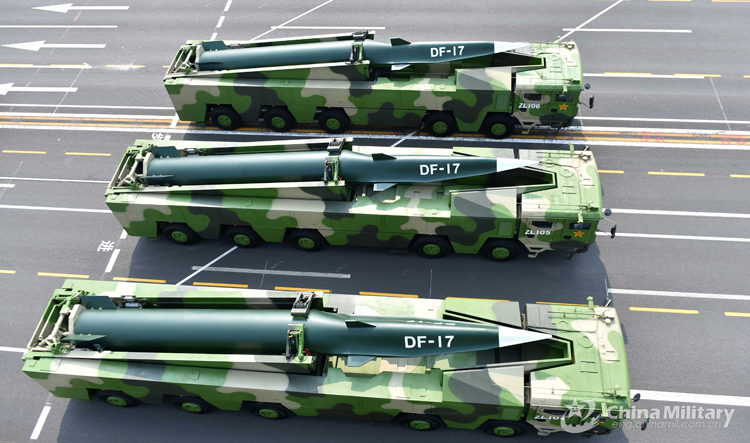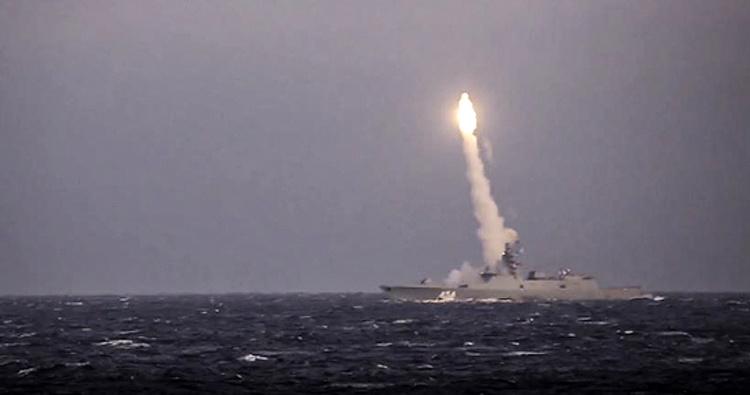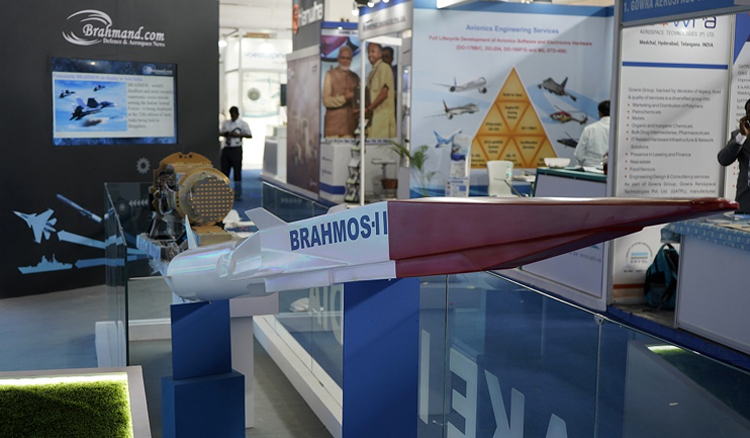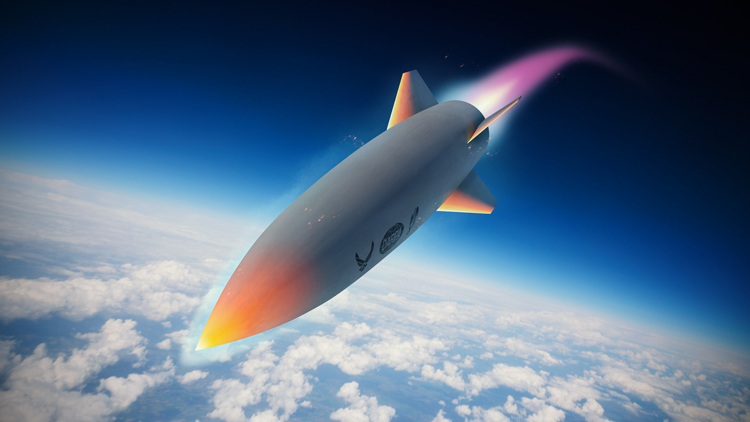INDIAN ARMED FORCES CHIEFS ON OUR RELENTLESS AND FOCUSED PUBLISHING EFFORTS

The insightful articles, inspiring narrations and analytical perspectives presented by the Editorial Team, establish an alluring connect with the reader. My compliments and best wishes to SP Guide Publications.

"Over the past 60 years, the growth of SP Guide Publications has mirrored the rising stature of Indian Navy. Its well-researched and informative magazines on Defence and Aerospace sector have served to shape an educated opinion of our military personnel, policy makers and the public alike. I wish SP's Publication team continued success, fair winds and following seas in all future endeavour!"

Since, its inception in 1964, SP Guide Publications has consistently demonstrated commitment to high-quality journalism in the aerospace and defence sectors, earning a well-deserved reputation as Asia's largest media house in this domain. I wish SP Guide Publications continued success in its pursuit of excellence.
- A leap in Indian aviation: Prime Minister Modi inaugurates Safran's Global MRO Hub in Hyderabad, Calls It a Milestone
- All about HAMMER Smart Precision Guided Weapon in India — “BEL-Safran Collaboration”
- India, Germany deepen defence ties as High Defence Committee charts ambitious plan
- True strategic autonomy will come only when our code is as indigenous as our hardware: Rajnath Singh
- EXCLUSIVE: Manish Kumar Jha speaks with Air Marshal Ashutosh Dixit, Chief of Integrated Defence Staff (CISC) at Headquarters, Integrated Defence Staff (IDS)
- Experts Speak: G20 Summit: A Sign of Global Fracture
China's Hypersonic IRBM
US Defence Intelligence Agency (DIA) informed US legislators that China currently outpaces Russia regarding supporting infrastructure and system numbers when it comes to hypersonic capabilities
 |
The Author is Former Director General of Information Systems and A Special Forces Veteran, Indian Army |
It is no secret that Russia and China lead in hypersonic weapon development in the world. Next is the US followed by France and India while Australia is also pursuing hypersonic technology. This is one major reason why the US does not want to get into direct conflict with Russia or China aside from the nuclear factor. India’s Hypersonic Technology Demonstrator Vehicle (HSTDV) developed by the Defence Research and Development Organisation (DRDO) is the scramjet demonstrator for hypersonic cruise missiles. On June 12, 2019 the HSTDV was tested at the Integrated Test Range (ITR) in Balasore, Odisha. The cruise vehicle achieved velocity of nearly two km per second and all the required parameters were successfully tested. The HSTDV is set to serve as the building block for next-generation hypersonic cruise missiles reaching speeds of Mach 6.5 at an altitude of 32.5 km.

Now news has emerged that on February 25, 2023, China successfully tested its new long-range Dongfang ‘DF-27’ hypersonic intermediate-range ballistic missile (IRBM), which China did not publicise. The DF-27 IRBM, which reportedly has a range of 5,000 to 6,000 km, flew for 12 minutes during the test covering a distance of 2,100 km. Being maneuverable this hypersonic missile was able to evade air defences. China’s DF-27 IRBM could possibly target US aircraft carriers successfully, as well as other targets evading the US ballistic missile defence systems.
China’s hypersonic glide vehicle-equipped DF-41 ICBM with an operating range of 15,000 km can reportedly carry 10 independently targetable nuclear warheads to attack any target on the planet
With a range of 8,000 km, China can use the DF-27 to strike targets well beyond the South China Sea (SCS) and farther than the second island chain, even mainland America. The variants of this new missile could attack land targets and ships as well. This is definitely a solid force multiplier for China to invade Taiwan; the US and allied ships may have to operate from safe distances. Significantly, all targets in India and beyond are also within the strike range of the DF-27 IRBM.

The above information has come from a February 28, 2023, top-secret report by the US Joint Chiefs of Staff Intelligence Directorate, which was part of the massive US data leak made public that jolted the US and is now under investigation by US authorities. The ‘average’ speed of the DF-27 reportedly is Mach 8.6. Incidentally, the leaked classified US document also states how China had agreed to supply lethal weapons to Russia, without giving further details.

The US aims to acquire hypersonic weapons by 2024, hypersonic drones by the 2030s and recoverable hypersonic drone aircraft by the 2040s
On March 10, 2023, the US Defence Intelligence Agency (DIA) informed US legislators that China currently outpaces Russia regarding supporting infrastructure and system numbers when it comes to hypersonic capabilities. China’s hypersonic glide vehicle-equipped DF-41 ICBM with an operating range of 15,000 km can reportedly carry 10 independently targetable nuclear warheads to attack any target on the planet. China also has the YJ-21 anti-ship hypersonic missile that can hit target at a speed of 3,400 meters per second; traveling at Mach 6 during the trajectory and then Mach 10 at terminal velocity.

Russia has been firing hypersonic missiles with conventional warheads at major targets in Ukraine. Russia’s HCM ‘Kinzal’ is mounted on the MiG-31 fighter and the Tu-22M3 strategic bomber. The ship-based hypersonic Tsirkon (Zircon) missile, reaches a top speed of Mach 8, and can threaten land and sea-based platforms. The Avangard HGV is launched atop an ICBM. Travelling at speeds 27 times the speed of sound, it can carry a two-megaton nuclear warhead. The US aims to acquire hypersonic weapons by 2024, hypersonic drones by the 2030s and recoverable hypersonic drone aircraft by the 2040s. In January 2023, the US tested a hypersonic air-breathing weapon with a Lockheed Martin-designed missile launched from a B-52 bomber that reportedly flew at a speed greater than Mach 5 for more than 300 nautical miles.

Russia and India have been collaborating on the BrahMos II hypersonic cruise missile (HCM) with an estimated range of 600 km and a speed of Mach 8, making it the fastest HCM in the world
Russia and India have been collaborating on the BrahMos II hypersonic cruise missile (HCM) with an estimated range of 600 km and a speed of Mach 8, making it the fastest HCM in the world. The time schedule for development and trials of the BrahMos II HCM is not known but could take anything from six to eight years to complete. India recently conducted the successful test of firing a Ballistic Missile Defence (BMD) interceptor from a naval platform. Now India has a nuclear triad with long-range ballistic missiles, Multiple Re-entry Launch Vehicles (MIRV) while air and sea based nuclear vectors and a BMD programmes is in place.

Our focus essentially must now be to speedily develop a range of hypersonic weapons in large numbers, as well as research on how to intercept not just ballistic missiles but also hypersonic missiles keeping impossibility of the latter aside. In developing hypersonic weaponry, numbers will matter since China follows the concept of swarm attacks. Also, China could well use a mix of conventional and low-yield nuclear warheads in hypersonic missiles, in addition to purely nuclear warheads. It would be prudent for us to plan similarly.





